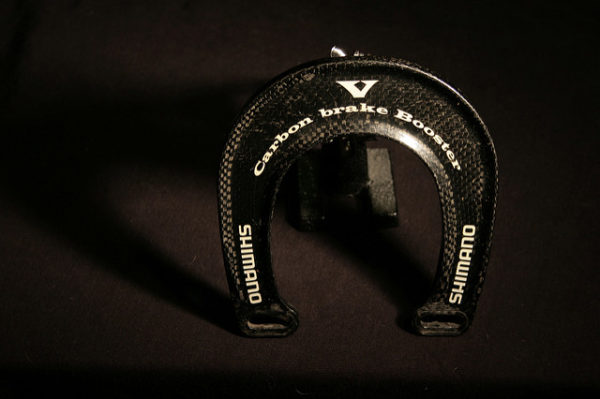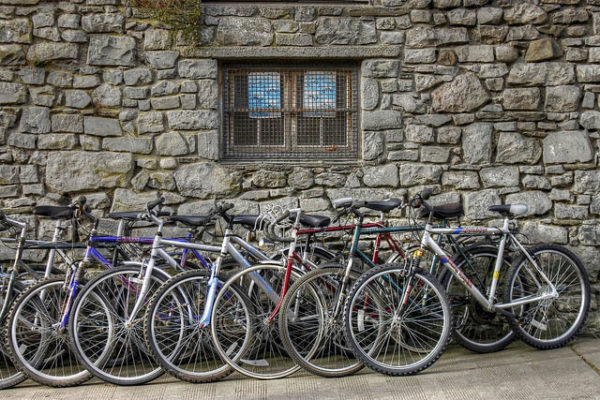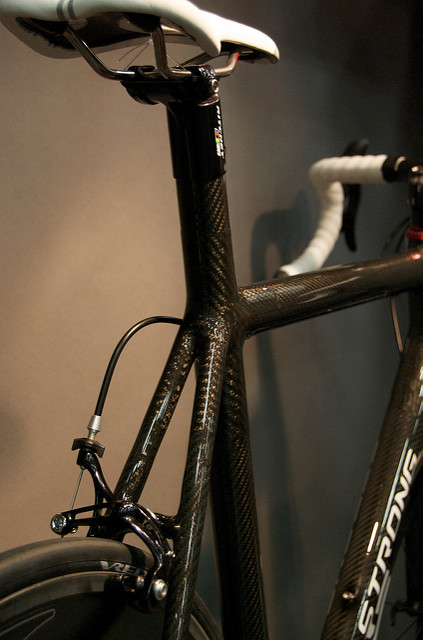Since the advent of carbon fiber a few decades ago, bicycling has hit newer records. The evolution has cranked out stiffer, stronger and lighter designs that were once just a fantasy, with metal. However, unlike the metal and the in-depth knowledge, we have on it, carbon fibers can be mysterious due to its newness.
It is you who decided what carbon fibers fits you the best! So use the following 11 secrets to speed-up your bicycle with carbon fibers!

#1- All Carbon Fibers are not manufactured in Asia
Noted as an effortless alternative when compared to the metal tubes of the traditional cycling equipment, carbon fibers are brought from all over the world to assemble. Even though the origin is diverse, most carbon fibers are acquired from France, Taiwan, US (bike factories like Zipp’s and Trek’s ) and China, apart from Asia.
#2- Raw Carbon is Assimilated majorly from Asia
Carbon fiber is constructed from polyacrylonitrile or PAN fiber. Yet another lesser common precursor is termed the pitch. First, PAN fiber is cooked until it attains extremely high temperatures, to burn off the non-carbon additives. This also results in leaving a string of thin and long fibers. Higher processing will result in higher stiffness.
In fact, 90% of the global carbon produce is provided by companies-
- Toray– 2/3 of the Global Produce of Carbon
- Toho Tenax– 2/3 of the Global Produce of Carbon
- Mitsubishi Rayon– 2/3 of the Global Produce of Carbon
- Zoltek– Head office- U.S and occupy 1/3 of the Global Produce of Carbon
- Hexcel– Head office- U.S and occupy 1/3 of the Global Produce of Carbon
- Cytec– Head office- U.S and occupy 1/3 of the Global Produce of Carbon
#3 Carbon Fiber is Diverse
The variety of carbon forms in the raw form are:
- Raw thread or popularly known as sheet fiber
The Sheet style fiber is the most popular frames in plies are with continuous carbon sheets. The raw thread is rare but not null as certain bike manufacturers like Time and Giant, who possess the technical expertise to work with erstwhile.
- Short Tow fiber
This is produced as sheets that are also called as chopper fiber, often used in pedal-bodied bikes.
#4 Carbon fiber is not just carbon
Carbon fiber is originally a composite of raw materials such as the glue textured epoxy resin, which makes the fiber firm and even halts cracks or splits. This is called pre-gag.
The resin holds the carbon fibers in one ply and also aligns the orientation of both the fibers after curing while simultaneously adding durability. The resultant material is a plasticine material that is also stretchable owing to the fact that it can absorb the blows and shocks without splitting the fibers.
#5 Grading the Quality of a Bike is not set by a company
Carbon fibers are graded based on their tensile modulus, deformation rate and degree of firmness under loading, set by the Japan Carbon Fiber Manufacturers Association or JCMA. Most bikes are graded intermediate, standard or high modulus, depending on the price of the frame. There are independent grading systems with specific marketing terms that refer to the company such as FACT and Advance Grading.

#6 The Carbon in Carbon Fiber is not just one type of Carbon
Contrary to the consensus, an ideal carbon-frame is an amalgam of varieties of carbon types, providing a specific function with respect to its location. The high module is costly and hence, is used in minimum amounts in core parts like the bottom bracket, downtube and chainstays to provide resistance to pedal force for stiffening your bike.
#7 The layup is the magic core that maketh the cost of a Carbon Fiber
Carbon is lightweight even at higher weights, which can also be manipulated, unlike its counterparts. The nature of the stiffness can only be redirected in one direction parallel to fiber axes. This dependency of firmness on the orientation of the fiber is termed as anisotropic, unlike metals.
Carbon fiber is graded based on the carbon, resin, shape, orientation, and size of the carbon ply. This is the basis of optimization for rigidity or softening, which is usually expensive. Clubbed with the High Modulus that enhances the heavy tweaks of designs constitute the ideal carbon fibers, the layup is the vital chunk of the cost of a carbon fiber.
#8 A cosmetic Weave
The function of a weave is adding the top sheet which resists scratches, dings, dents and wears or tear of the fabric underneath. This cosmetic layer relies on the unidirectional make and is referred to as a cosmetic skin.
#9 Carbon Frames Are All Made by Hand
The nook and cranny of the carbon fibers are handmade with strenuous hard work with steel or titanium, regardless of the brand. While the plies are computer cut, each remnant process is assembled by hand into the specific layups.
Apart from post cure up processes, the frames are also proofed for cracks or manufacturing defects, by hand.

#10 Yes, you can Repair Carbon Fibers
To repair a carbon fiber, remove the damaged section. Now, bridge it with a new section after curing, sanding and painting the fiber. In fact, there are even DIY Carbon-fiber repair kits, mostly for kayak paddles. As bicycle frames are sophisticated, with load bearing also shouldering high-speed cornering and sprinting.
If the fiber is critically damaged, it is advised to consult a bike mechanic than attempting to repair yourself!
#11 Faking is Easy but a road to Failure
With modern carbon fibers in bikes making a revolutionizing come back with industrialization, the designs are getting better and distinct. As the process of making a mold from a finalized frame is effortless, regardless of the difference in a layup, materials, and method of construction, forging is tough too.
Better said in the words of Director of a specialized testing Laboratory Santiago Morales, on counterfeits of Carbon Fibres, “It’s not an engineered product in any way; it’s like a canvas that’s painted to look the same”.
Leave a Reply
You must be logged in to post a comment.